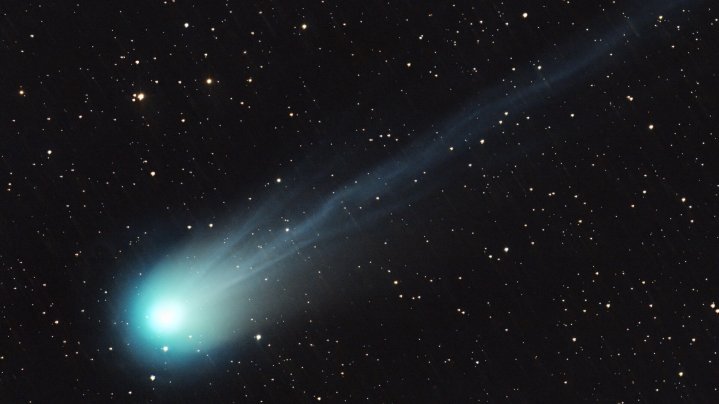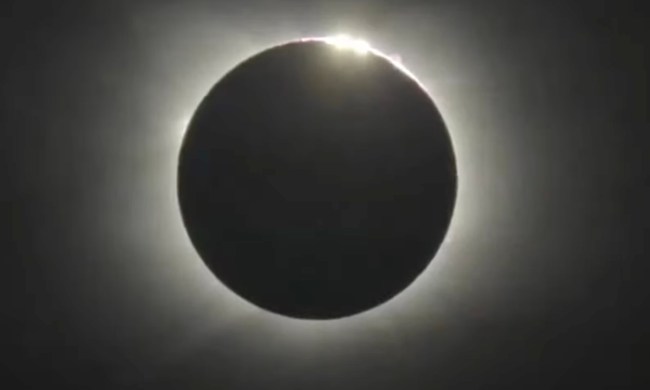This April is going to be an exciting time for skywatchers. Not only is there a rare total solar eclipse to look forward to, but there’s also the chance to view the dramatically named “Devil Comet.”
Comet 12P/Pons-Brooks visits the inner solar system just once every 71 years, making it a once-in-a-lifetime viewing event for most of us. It will make its closest approach to Earth in June, but it will be at its brightest and easiest to spot when it makes its closest approach to the sun on April 21. It should be visible any time from now through to early April, and your best change of viewing it is from a location with clear, dark skies.
That does coincide with the date of the solar eclipse, on April 8, but it’ll be difficult to pick out the comet during the eclipse itself. Instead, you’ll be best off doing a cosmic doubleheader by enjoying the eclipse during the day, then going comet hunting that night.

It’ll be tough, but not impossible to see the comet with the naked eye, so if you’re determined to spot it, you might want to get out a telescope or binoculars. “Don’t expect it to be dazzlingly bright — the kind of image you see in photographs. It’s not going to be like that,” said Dr Robert Massey, deputy executive director at the Royal Astronomical Society. “This is something that might just be visible to the naked eye — if you don’t have a moon in the sky, if there’s no light pollution, and if the weather is really clear, then you might stand a chance. But for most of us, we’re going to need to pick up a pair of binoculars.”
This type of comet is known as a Devil Comet because it has a pointy, horn-shaped appearance. Comets have their distinctive tails because they contain ice, which melts and is released as gas as they approach the sun. This particular comet is a type called a cryovolcanic comet, which experiences eruptions of dust and gas from the buildup of pressure. These eruptions give the comet its horned appearance, and because it contains a molecule called diatomic carbon, it also glows green.
If you would like to view the comet, the Royal Astronomy Society has a helpful guide:
Massey also has advice for would-be skywatchers: “Ideally, look at one of the apps you can get on your phone, showing you where things are in the sky, or a finder chart of some kind. That’ll really help you to track it down. And when you see it, it’s likely to look like a sort of small, grayish fuzz, quite typical for many comets.
“But you will have the satisfaction of knowing you’ve seen this once-in-a-lifetime object.”


